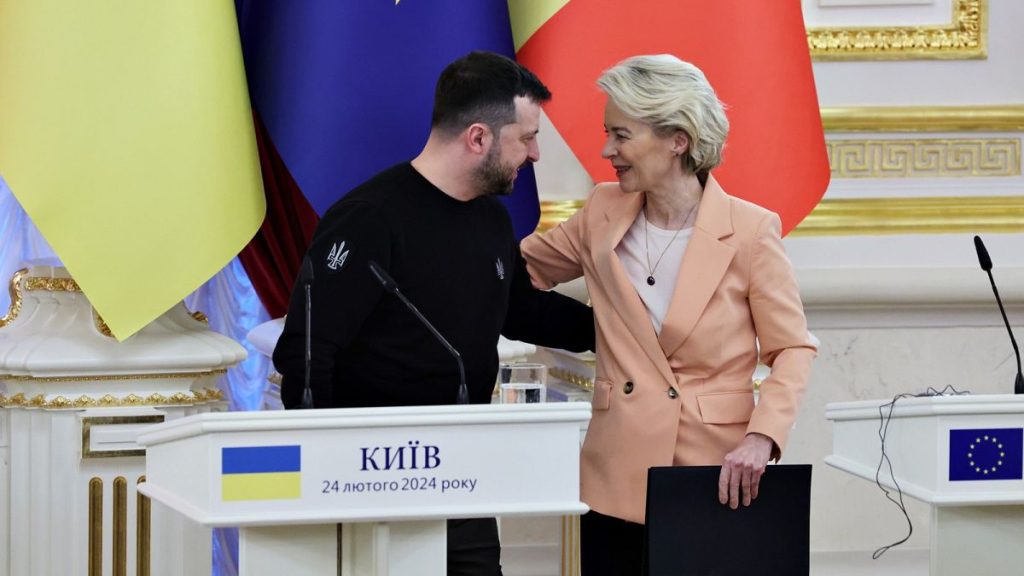The European Union has sent €1.5 billion to Ukraine, using revenues obtained from Russia’s immobilised assets as part of the bloc’s sanctions. The majority of this financial assistance will go towards purchasing weapons, ammunition, and air defense systems for Ukraine to defend against invading troops in the east. The remaining 10% will be used for reconstruction efforts, particularly in the energy infrastructure damaged by Russian strikes. The EU hopes to prevent a humanitarian crisis and migration exodus in Ukraine, especially as winter approaches. European Commission President Ursula von der Leyen emphasized the EU’s support for Ukraine and its commitment to making Europe a safer place to live.
This transfer of funds is the first of its kind under a novel scheme based on Russia’s immobilised assets, which are estimated to be around €210 billion across the EU. The project was months in the making, with member states reaching an agreement on legal texts in May. Initially facing opposition from Hungary, an opponent of military aid to Ukraine, the EU found a legal avenue to proceed with the transfer without Hungary’s participation. The amount transferred was updated to €1.5 billion, likely due to variations in interest rates. The funds were obtained from Euroclear, a depository in Brussels that holds the majority of Russia’s immobilised assets. The next transfer is scheduled for March 2025.
Unlike previous military assistance provided through the European Peace Facility (EPF), which reimburses member states for donated weaponry, the €1.5 billion transfer will go directly into Ukraine’s budget. The EPF has been blocked by Hungary for over a year, leading to frustration among other EU capitals. The EU, in collaboration with the US, is working on a $50 billion loan to Ukraine using the immobilised assets as collateral. However, technical details still need to be finalized. The EU renews its sanctions every six months, and if these are blocked in the future, the assets could be unfrozen, jeopardizing the loan agreement.
The Commission has proposed two options to address the issue of asset immobilization and ensure predictability. One option is to keep the assets immobilised until Russia compensates Ukraine for damages, while the other option involves renewing sanctions on the assets for longer periods. Discussions on these options are ongoing, with unanimity required for any decision. The EU is determined to find a solution to ensure continued support for Ukraine and prevent potential disruptions to financial assistance. The EU’s commitment to Ukraine and its efforts to secure stability in the region remain a top priority.
Overall, the transfer of €1.5 billion to Ukraine from Russia’s immobilised assets represents a significant milestone in the EU’s support for the country in its conflict with invading troops. The funds will help Ukraine acquire crucial weapons and rebuild its energy infrastructure, with the aim of preventing a humanitarian crisis and migration exodus. Despite initial opposition from Hungary and challenges related to the immobilised assets, the EU is moving forward with its financial assistance to Ukraine. Discussions on the future of the assets and potential loan agreements are ongoing, highlighting the EU’s commitment to finding practical solutions to support Ukraine and maintain stability in the region.


